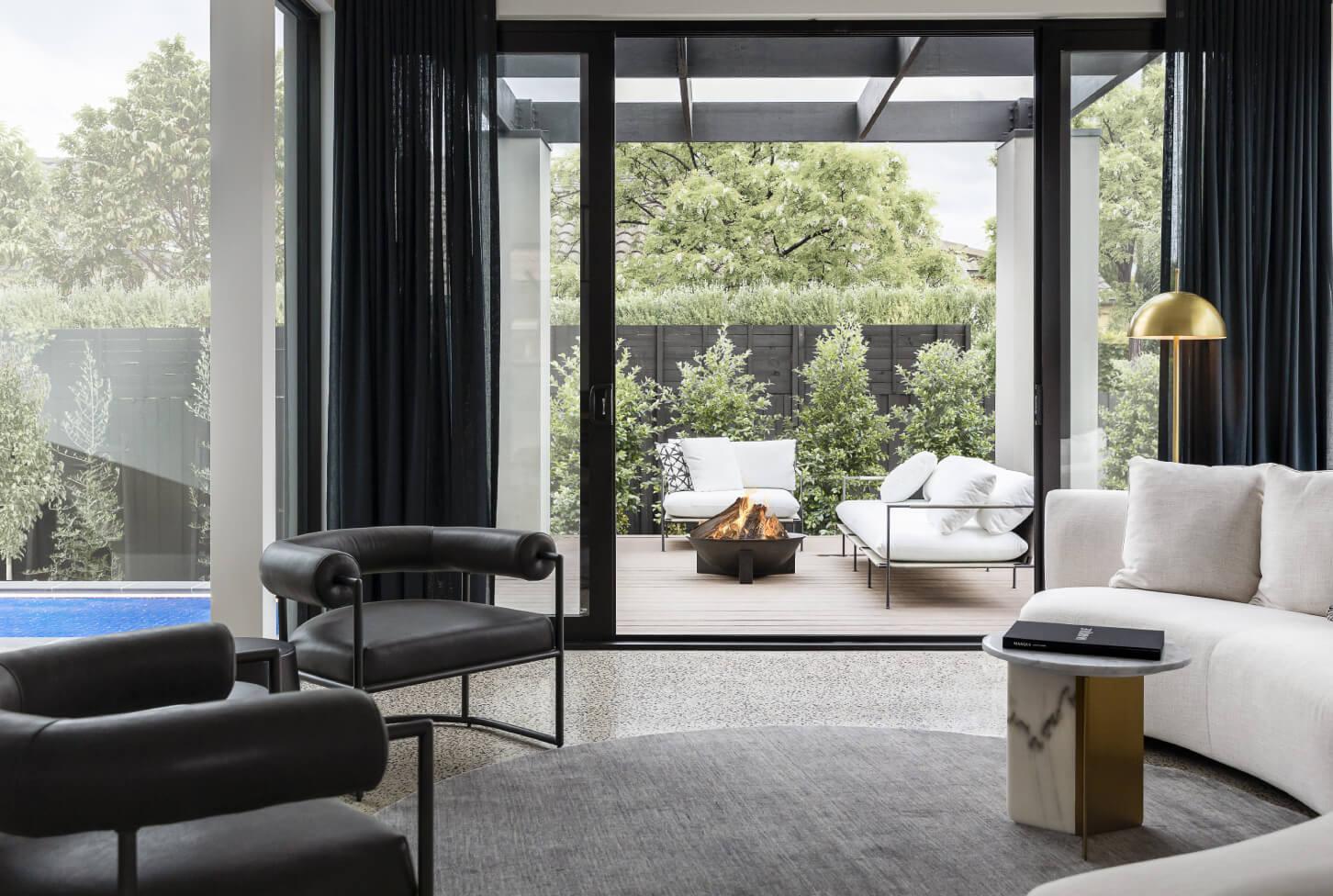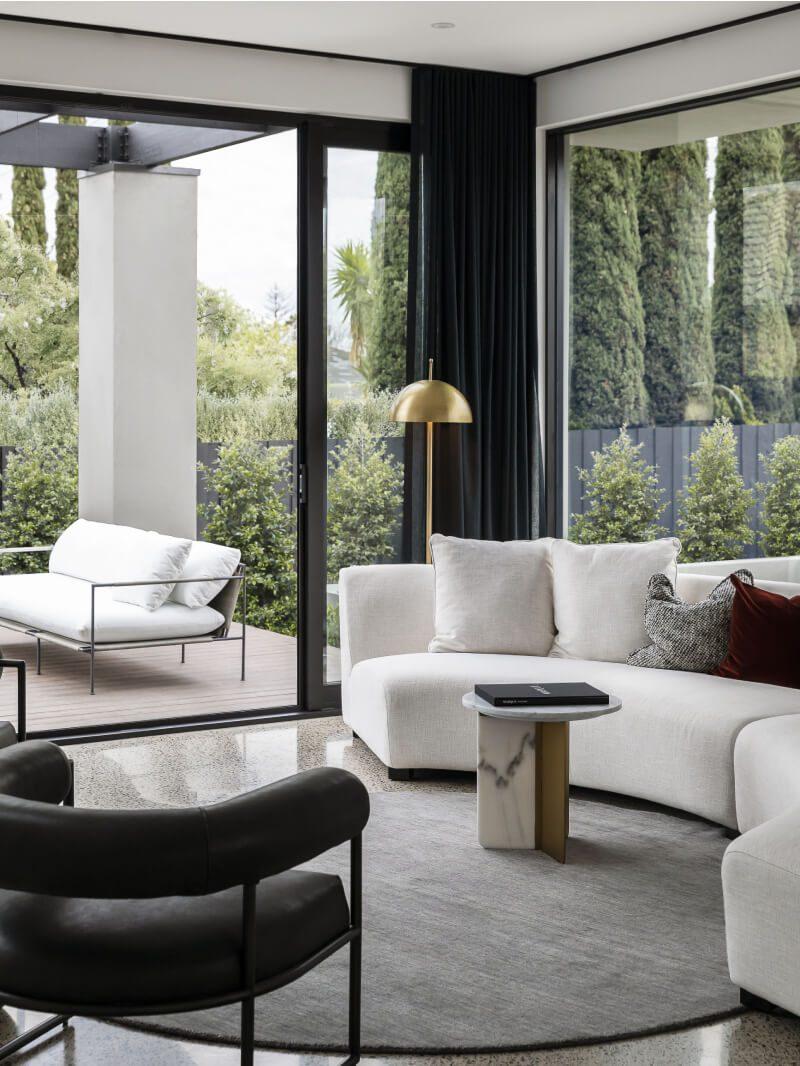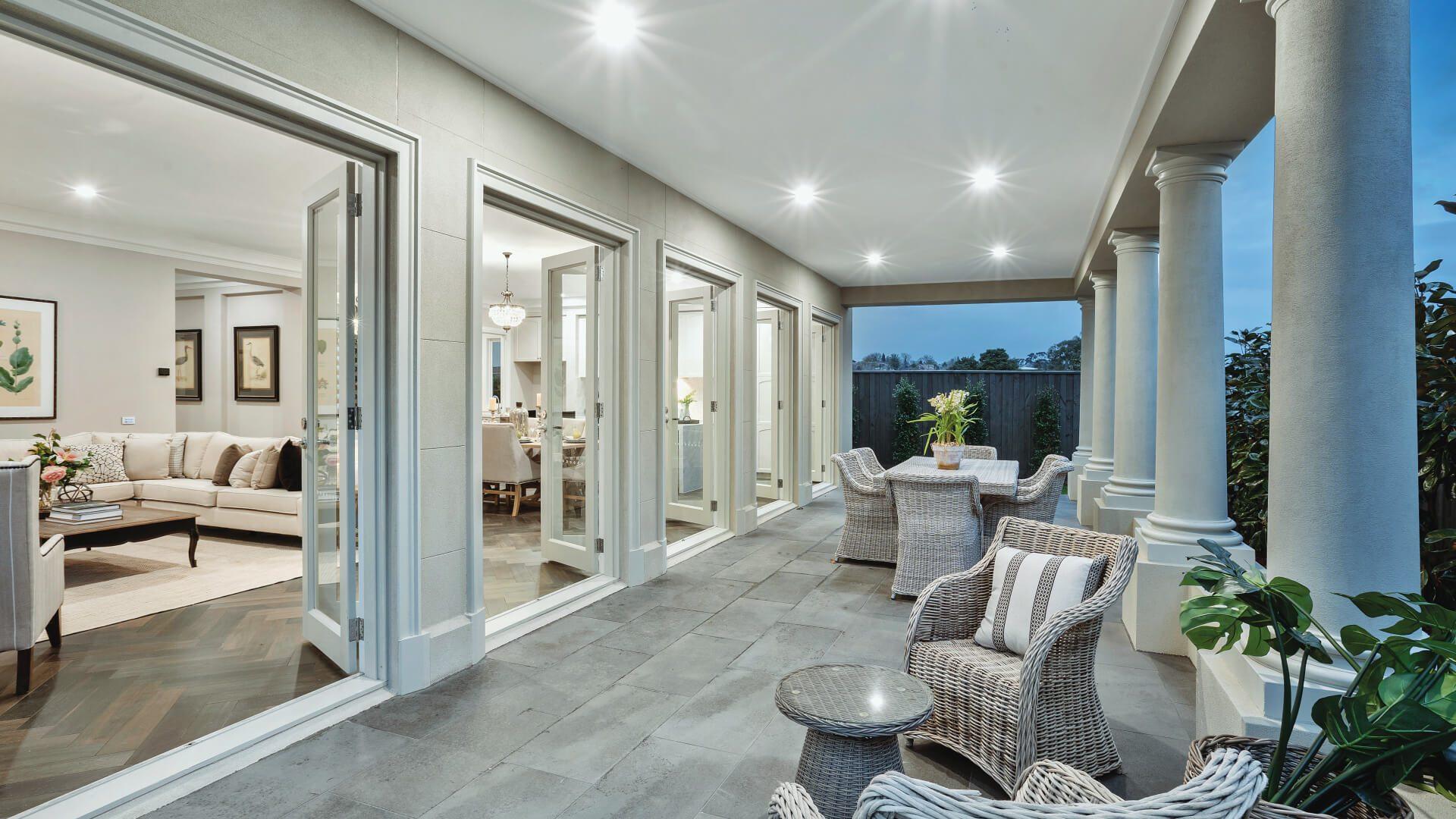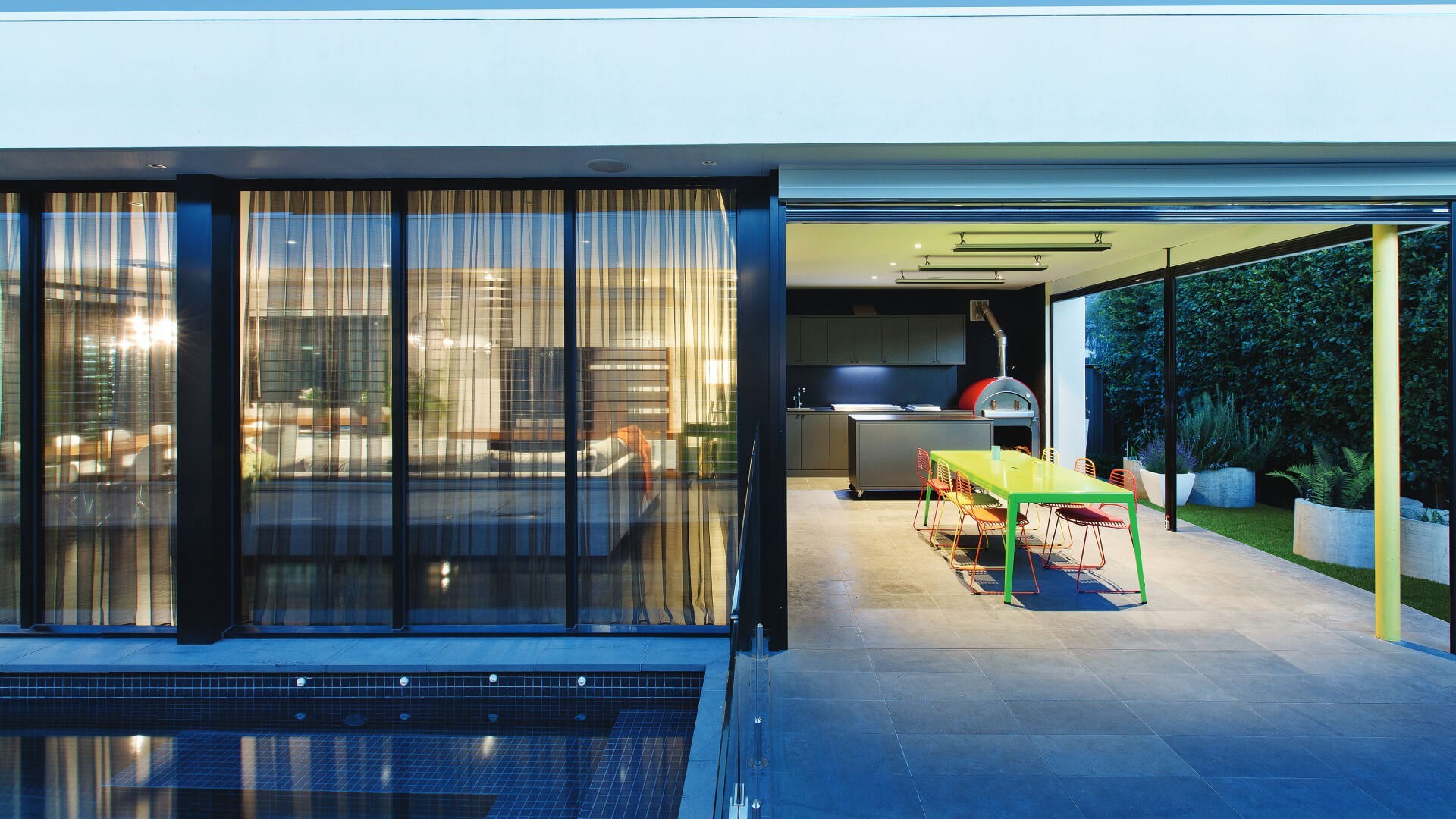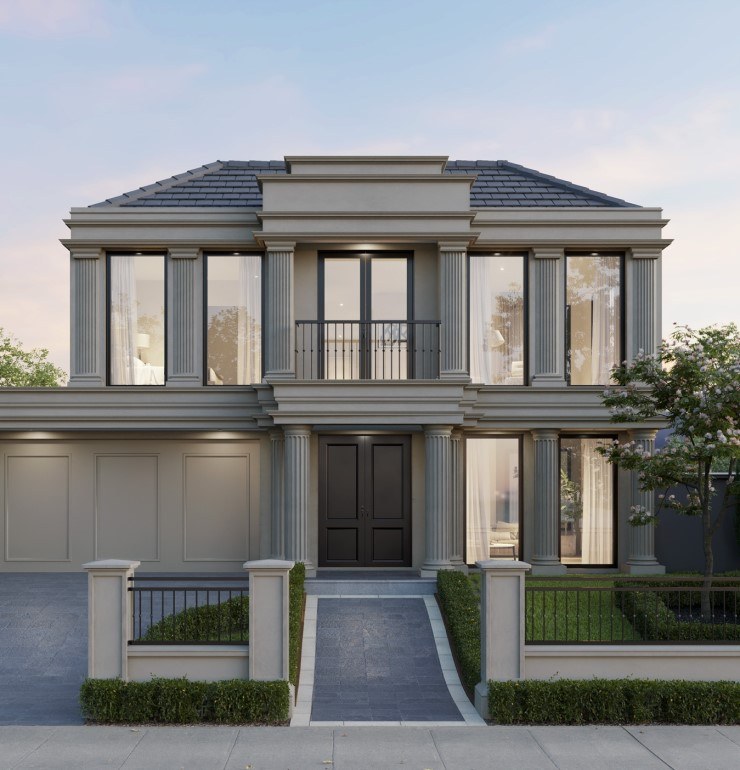1. Use Cohesive Materials
Incorporate matching or complementary materials in both the indoor and outdoor spaces. By selecting materials that flow together, you can visually reinforce the connection between the two areas, creating a unified design.
2. Minimise Visual Barriers
Opt for oversized doorways and windows to reduce visual barriers between the indoors and outdoors. This not only allows natural light to flood the space but also gives the illusion of a larger and more open living area. Consider options like folding glass doors, large pocket doors, or sliding doors for flexibility.
3. Create an Entertainment Area
Design an outdoor space that serves as an extension of your home, ideal for entertaining family and friends. Whether it's an outdoor kitchen for hosting barbecues or a cosy seating area for relaxation, think about how you can maximize enjoyment and create a welcoming atmosphere.
4. Embrace Nature
Bring elements of nature into your indoor space to strengthen the connection with the outdoors. Incorporate natural materials, such as wood or stone, and add greenery through plants or indoor gardens. Strive for a balanced blend of natural elements to create a seamless transition between the indoor and outdoor areas.
By implementing these tips, you can create a seamless indoor-outdoor living space that promotes a sense of unity, openness, and connection with nature.

